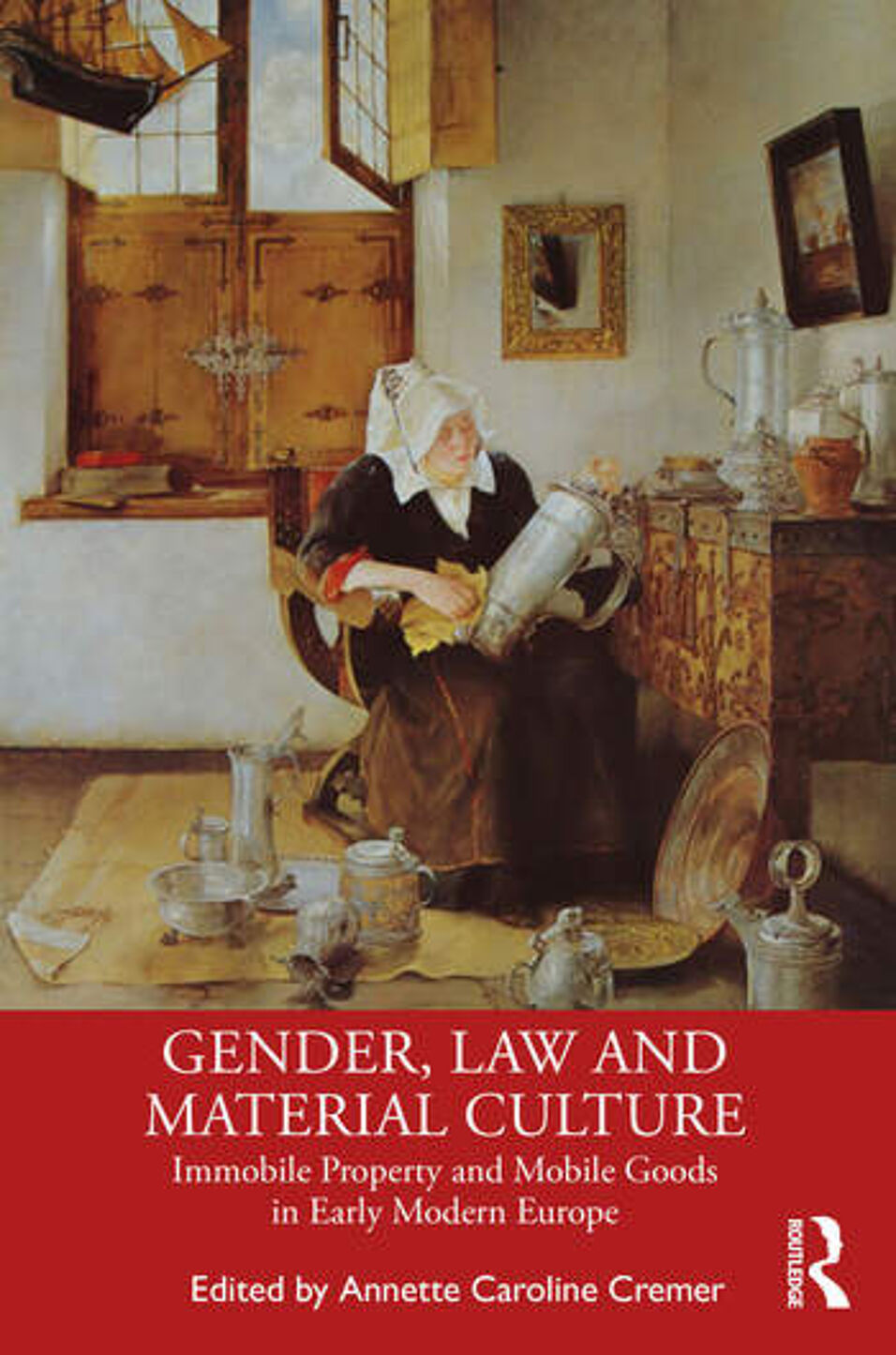This interdisciplinary volume discusses the division of the early modern material world into the important legal, economic, and personal categories of mobile and immobile property, possession, and the rights to usufruct.
The chapters describe and compare different modes of acquisition and intergenerational transfer via law and custom. The varying perspectives, including cultural history, legal history, social and economic history, philosophy, and law, allow for a more nuanced understanding of the links between the movability of an object and the gender of the person who owned, possessed, or used it. Case studies and examples come from a wide geographical range, including Norway, England, Scotland, the Holy Roman Empire, Italy, Tyrol, the Ottoman Empire, Greece, Romania, and the European colonies in Brazil and Jamaica. By covering both urban and rural areas and exploring all social groups, from ruling elites to the lower strata of society, the chapters offer fresh insight into the division of mobile and immobile property that socially and economically posed disadvantages for women.
By exploring a broad scope of topics, including landownership, marriage contracts, slaveholding, and the dowry, this book is an essential resource for both researchers and students of women’s history, social and economic history, and material culture.
More information (Routledge)
Table of Contents
Part 1: Introduction: men, women, property, law, and custom
1. Gender, law, and material culture
Annette Caroline Cremer
2. Early modern political philosophy on rights of ownership
Amelie Stuart
Part 2: Gifts, symbolic values, and strategies
3. Landed property as marital gifts: women and landownership in fifteenth-century Norway
Susann Anett Pedersen
4. Married women's testaments: division and distribution of movable property in seventeenth-century Glasgow
Rebecca Mason
5. Hybrid legal cultures among the early modern Tyrolean nobility: marriage contracts and the symbolic value of assets
Siglinde Clementi
Part 3: Women's access to immobile property
6. Fenced in or out? Women and landownserhip in early modern southern Tyrol
Janine Maegraith
7. Women, land and usufruct in the eighteenth-century Ottoman Empire: a case study of Vidin and Antakya
Fatma Gül Karagöz
Part 4: Women, law and property in colonial contexts
8. In her own right: gender, slaveholding, and movable goods in colonial Jamaica
Christine Walker
9. Land, slaves, and honour: women's ownership and possession in colonial Brazil (Paraíba)
Luisa Stella de Oliveira Coutinho Silva
Part 5: Women and property in transitory zones
10. Women and movable goods in a maritime border economy in nineteenth-century Sicily (Aeolian Islands)
Ida Fazio
11. Stamp duty and the transformation of the dowry in nineteenth-century Greece
Evdoxios Doxiadis
12. Starting a married life: women and goods in the mid-nineteenth-century Romanian towns of Piteși and Câmpulung
Nicoleta Roman
Part 6: Synthesis
13. Movable goods and immovable property: interrelated perspectives
Margareth Lanzinger

